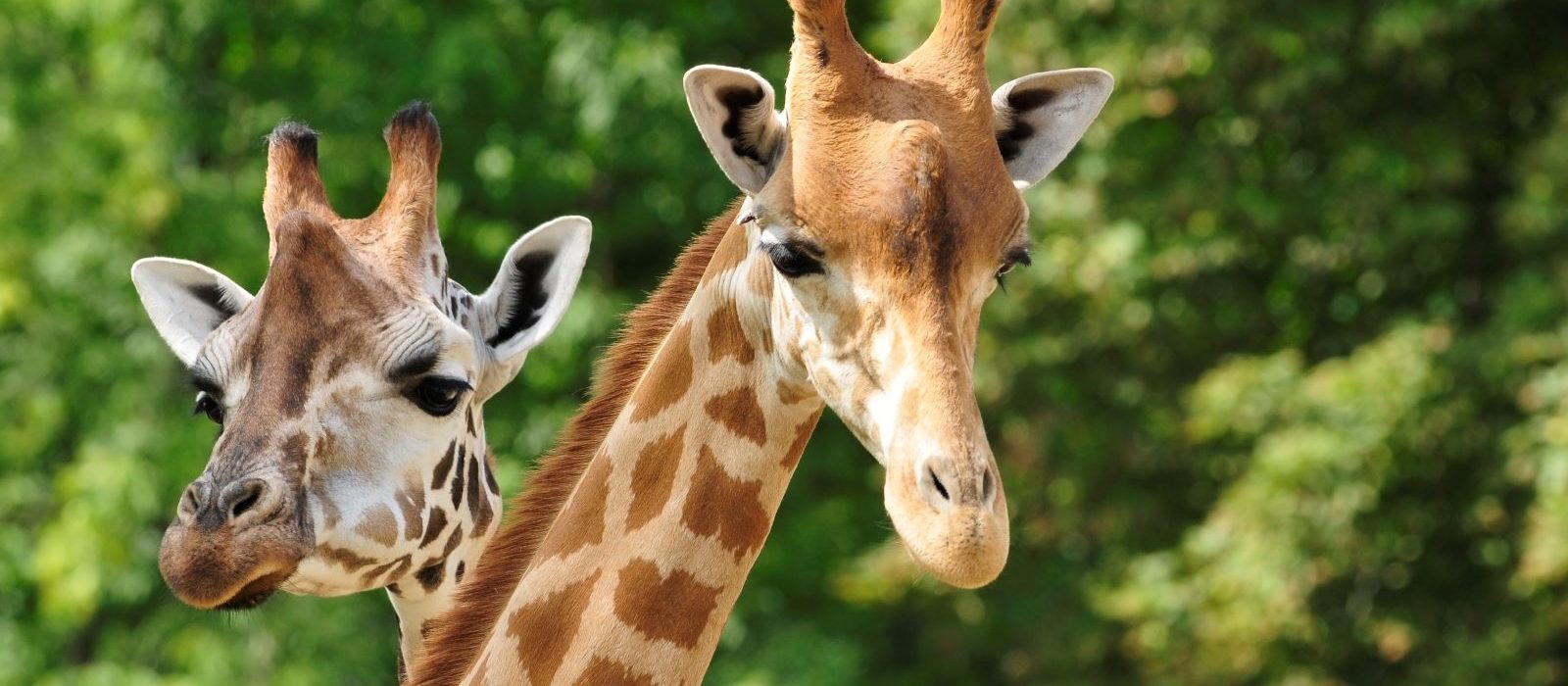The client is the most visited zoo in the UK, with two million visitors a year coming to see its 20,000 animals housed across 128 acres of zoological gardens.
Natilik partnered with the zoo to provide an enhanced Wi-Fi experience to its users. Explore the full client story below.
- Challenge
- Solution
- Outcome
Challenge
The zoo was running an ageing Meru wireless infrastructure that was unreliable, difficult to manage and was affecting users’ experience when trying to connect across its vast estate.
The team was looking for a new solution that would be easy to deploy, manage and able to perform across the various types of spaces it had across the site, from its offices and warehouses to its retail outlets and vast outdoor space.
The priority was to implement the new solution in the rebuilt tropical forest habitat that was due to open in two weeks. This grand reopening was to be attended by members of UK media, including a live stream by the BBC, which required a seamless wireless experience.
Solution
Working with the IT team at the zoo to fully understand their challenges, it became clear that the right solution was to move from an on-premises controller-based platform to a modern, more reliable cloud-managed solution. Not only would this type of solution improve wireless connectivity across the site, but it would also be far easier to operate and scale.
The Natilik team showcased two market-leading options, with Juniper’s Mist solution the preferred one. What stood out was Juniper’s virtual Bluetooth® LE (vBLE) beaconing capabilities, which are accurate. It presented a compelling marketing story with the ability to anonymously track visitors’ use of the zoo, with future opportunities to use it for wayfinding, proactive staff, and resource allocation management. Another pull for the zoo was Juniper’s microservices architecture, as the various services delivered from a traditional single wireless LAN controller (WLC) ‘image’ can be updated individually rather than en masse, bringing agility and resiliency to how the infrastructure is managed and secured.
Moving to a new vendor, the zoo wanted to use the tropical forest habitat as a test before rolling out Juniper Mist to the rest of the site. This worked well for the tight deadline as the Juniper environment was simpler to deploy and had short lead times on the hardware. Plus, with the ability to pre-configure the access points, it meant that installation at the tropical forest habitat was completed in a matter of days, less than two weeks from placing the original order, and in time for the grand opening.
Following the success of the tropical forest habitat deployment and its performance during the grand opening, the zoo committed to rolling the solution out across the entire site, with over 500 access points to be replaced throughout the refresh project.
Outcome
The zoo now has a more stable wireless infrastructure that is simpler to run. The IT team has better troubleshooting capabilities and can manage the environment more effectively, helping to improve the user experience and save time.
With increased reliability and fewer intermittent dropouts than the previous Meru infrastructure, employees and visitors can use Wi-Fi to access the things they need, including the interactive map.
So far, the priority has been to improve the wireless experience, which means the zoo has only scratched the surface of what the Juniper solution can facilitate, such as application integrations with the platform’s programming capabilities. There is future scope for integrations with complementary products like Zebra’s barcode scanner software or developing its own applications with the Juniper Mist SDK to add turn-by-turn wayfinding to the app.
The team is also keen to explore the ability to measure and manage the network proactively with Juniper’s Marvis Virtual Network Assistant, as the zoo is so vast, with numerous hard-to-access spots, for which Marvis can remotely identify and fix the root causes of problems.
-
Improved user experience
the new Juniper wireless solution has reduced cut-outs and latency for zoo employees and visitors alike.
-
More reliable
less time is spent on troubleshooting as the infrastructure is more secure, and microservices mean the day-to-day management is much easier with greater control.
-
Time saving
the solution is straightforward and more dependable, meaning the team has more time to spend on business-critical projects.


